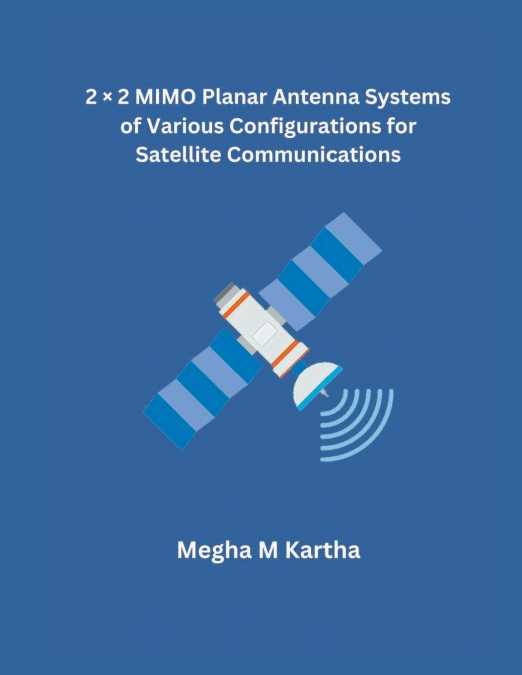
 Librería Desdémona
Librería Desdémona
 Librería Samer Atenea
Librería Samer Atenea
 Librería Aciertas (Toledo)
Librería Aciertas (Toledo)
 Kálamo Books
Kálamo Books
 Librería Perelló (Valencia)
Librería Perelló (Valencia)
 Librería Elías (Asturias)
Librería Elías (Asturias)
 Donde los libros
Donde los libros
 Librería Kolima (Madrid)
Librería Kolima (Madrid)
 Librería Proteo (Málaga)
Librería Proteo (Málaga)
Modern wireless communication systems require high data rates to provide acceptable quality of service. However, this poses challenges in the allocation of spectrum, which is a scarce re- source. To overcome this, the Multiple Input Multiple Output (MIMO) configuration has been developed, which has excellent spectral efficiency and data rates, as proven by mathematical modelling. The major hurdle in wireless communication systems is achieving good isolation between antenna elements while also maintaining a miniaturized structure. Therefore, reducing mutual coupling and signal correlation is essential for better performance. In recent years, there has been a remarkable evolution in satellite systems, leading to enhanced reliability in mobile communication. Initially, satellite performance was constrained, necessitating the use of large ground station antennas and offering only limited services. However, with advancements, satellites have become more robust, capable of delivering a broader spectrum of services with improved quality. Multiple Input Multiple Output (MIMO) has emerged as an important technology for enhancing the efficiency and data rates of wireless networks and terrestrial communication standards. Consequently, there is growing interest in employing MIMO techniques in satellite communication systems. However, implementing MIMO in satellite communication poses unique challenges in comparison to the terrestrial domain. As the demand for satellite capacity continues to grow, MIMO has emerged as a promising solution to increase spectral efficiency without the need for additional power. The utilization of the spatial domain is the primary source of enhanced channel capacity. Extensive literature exists that provides a comprehensive review of MIMO techniques specifically designed for satellite communication.